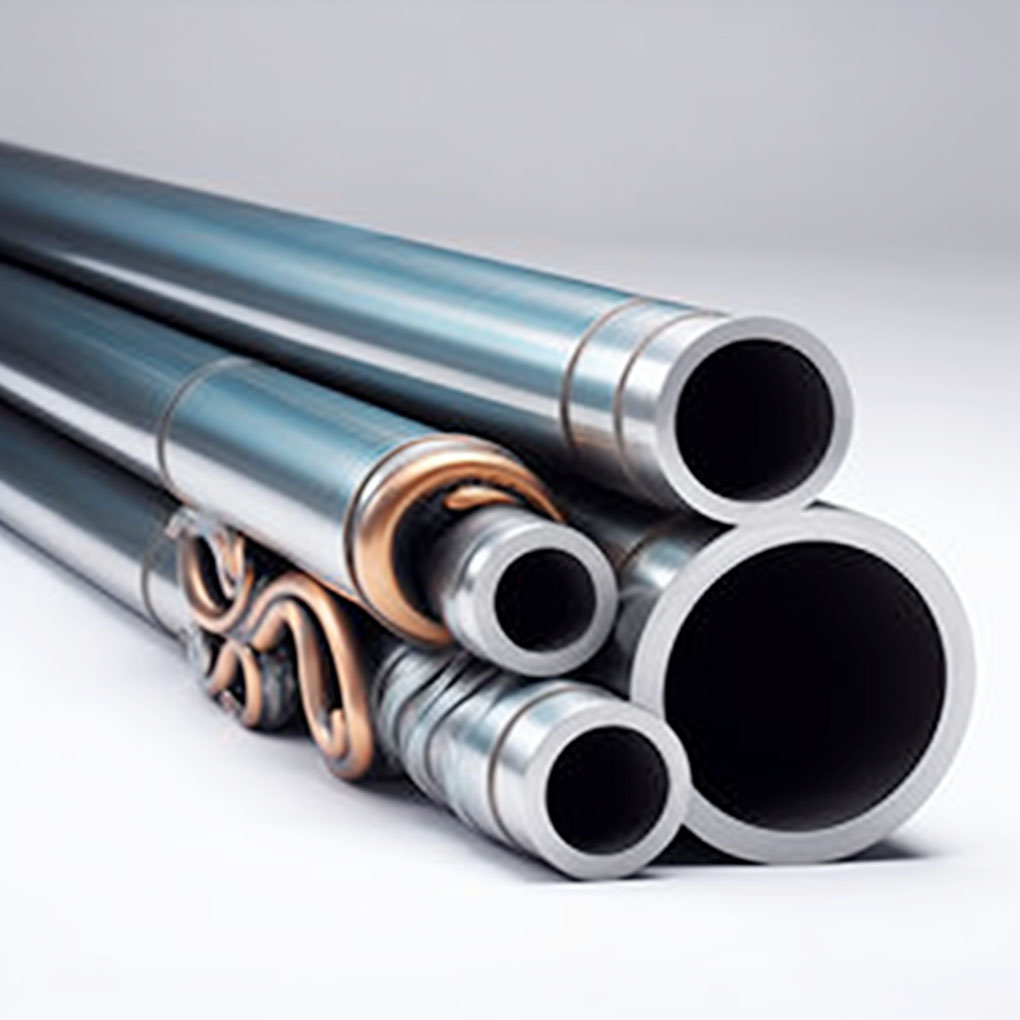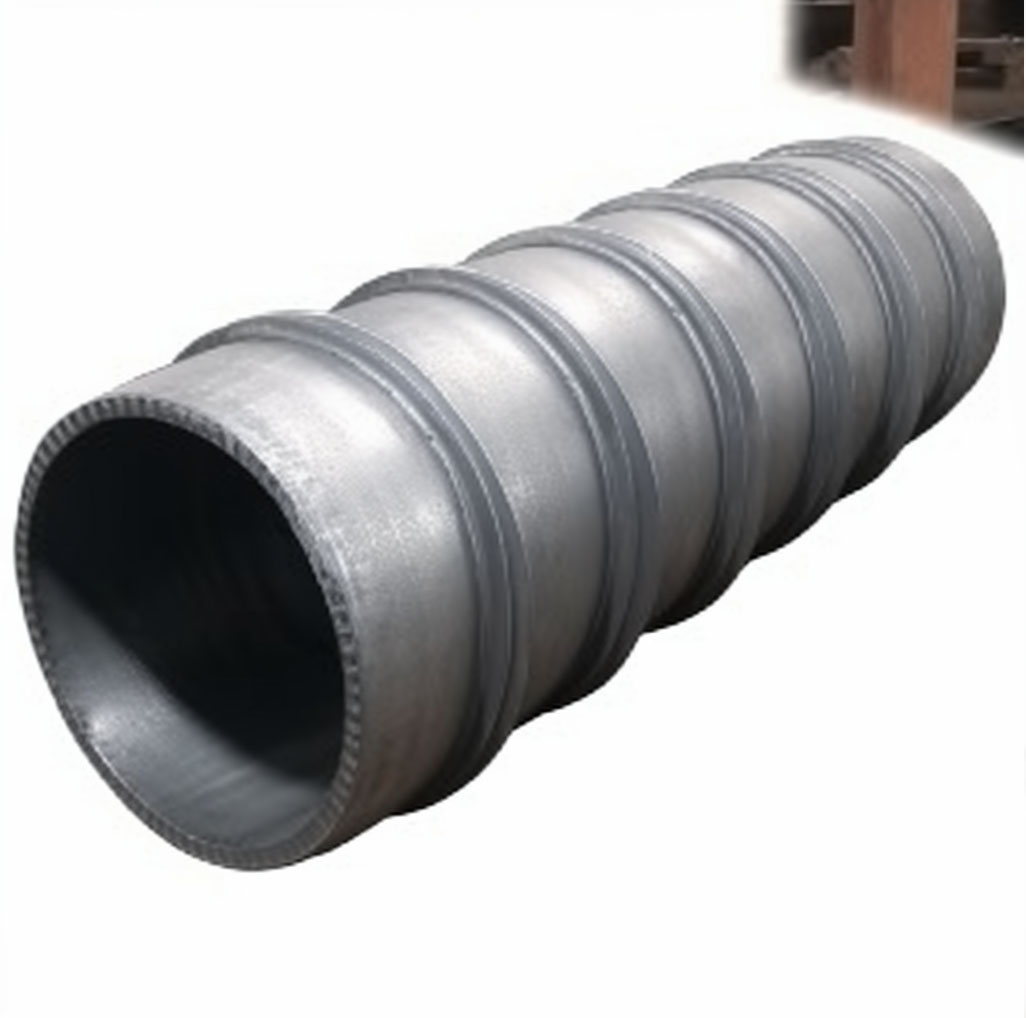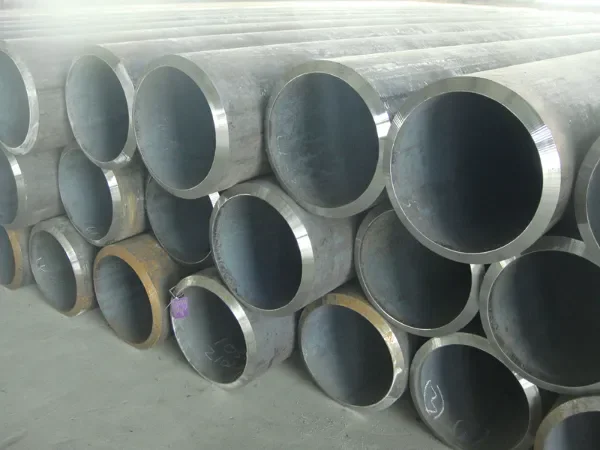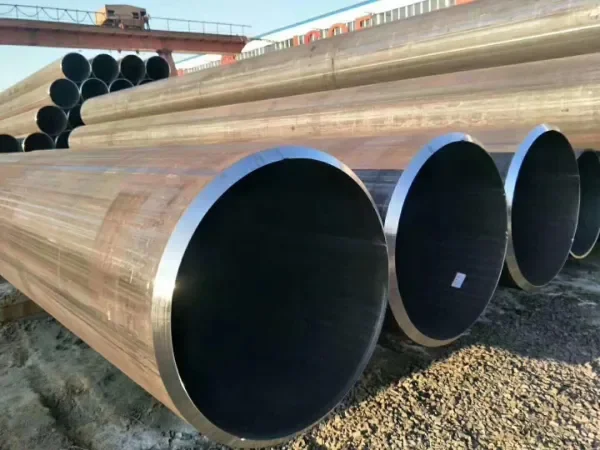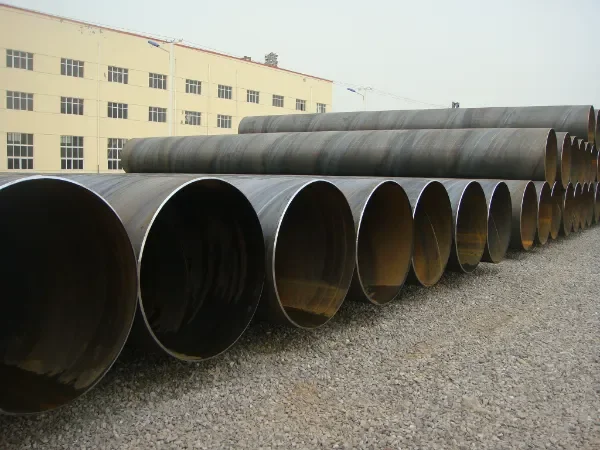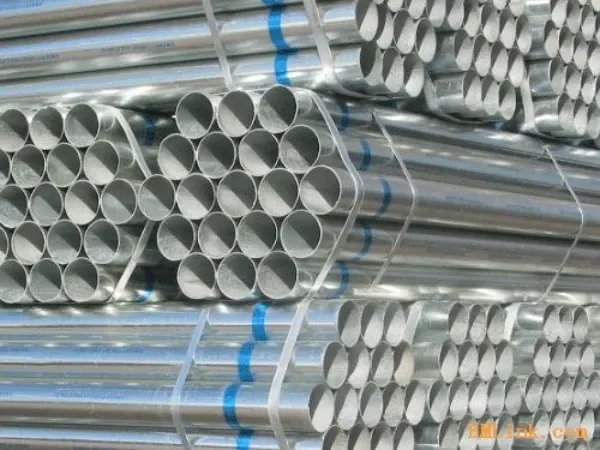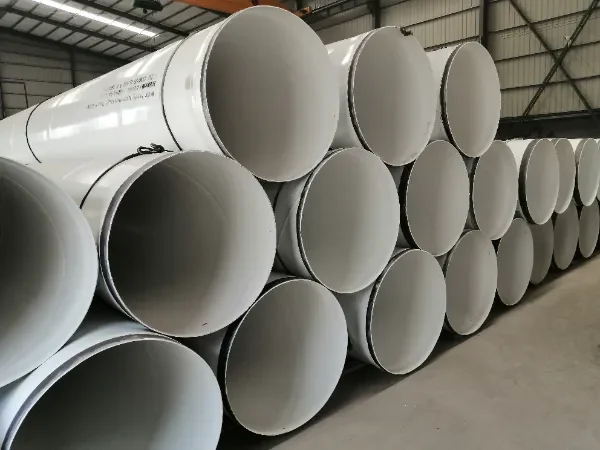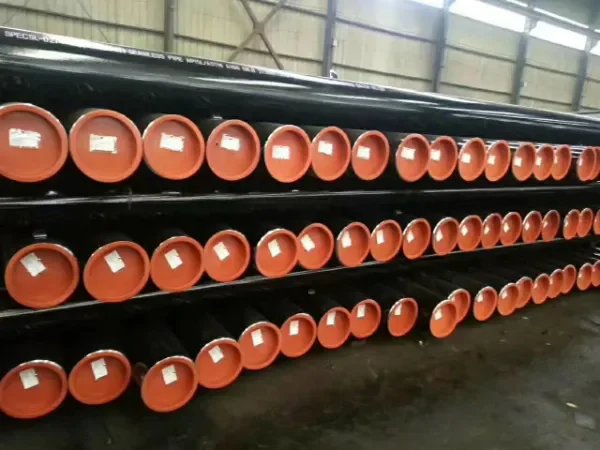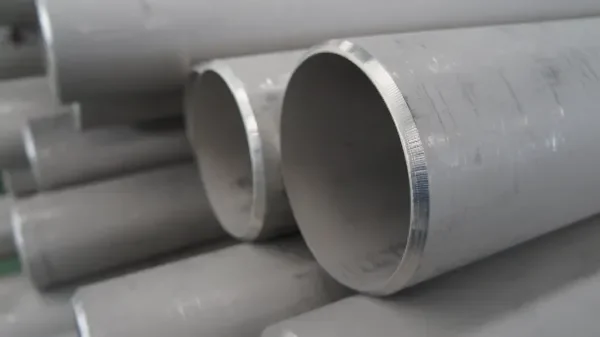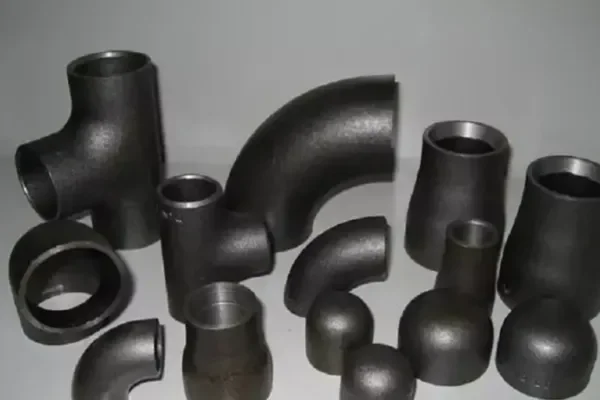Galvanizing
Galvanized is one surface treatment that makes the surface of the metal, alloy, or other materials coated with a layer of zinc. In this way, the steel pipes can be more attractive, as well as a rust prevention. Hot dip galvanizing is mostly applied.
Zinc is soluble in acid and alkali, so it is called amphoteric metal. Zinc hardly changes in dry air. In moist air, the surface of zinc will form a dense basic zinc carbonate film. In the sulfur dioxide, hydrogen sulfide, and Marine atmosphere, zinc corrosion resistance is poor, especially in the atmosphere of high temperature and humidity containing organic acids, and zinc coating is easily corroded. The standard electrode potential of zinc is -0.76V. For the steel matrix, zinc coating belongs to anodic coating, which is mainly used to prevent the corrosion of steel, and its protective performance is closely related to the thickness of the coating. Zinc coating after passivation, dyeing, or coating with a gloss protection agent can significantly improve its protection and decoration.

Characteristics of the galvanizing process:
In the plating tank containing galvanized liquid, the cleaned and specially pretreated parts to be plated are used as cathodes, the anode is made of plated metal, and the two poles are connected with the positive and negative poles of the DC power supply respectively. The galvanized solution consists of an aqueous solution containing metal coating compounds, conductive salts, buffering agents, pH regulators, and additives. After electrification, the metal ions in the galvanized liquid move to the cathode to form a coating under the action of potential difference. The metal of the anode forms metal ions into the zinc plating solution to maintain the concentration of metal ions coated. In some cases, such as chromium plating, it is an insoluble anode made of lead or lead-antimony alloy, which only plays the role of transferring electrons and conducting current. The chromium ion concentration in the electrolyte is maintained by periodically adding chromium compounds to the bath. When galvanized, the quality of anode materials, galvanized liquid composition, temperature, current density, power time, stirring intensity, impurities precipitated, and power waveform will affect the quality of the coating, and need to be timely controlled.





